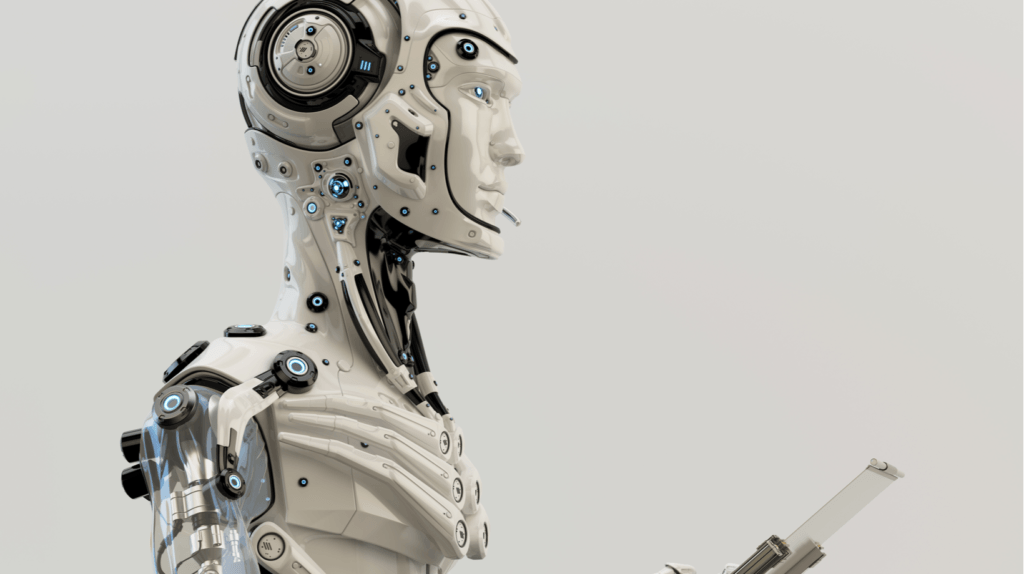Introducing AI-Based Humanlike Trainers
In the last few years, we've been experimenting with humanlike, Artificial Intelligence-based avatars. We integrated these avatars into L&D environments, workplaces, and the academic field. These avatars can act both as personal mentors (or trainers) and as clients or workers in real-world simulations. We wanted to share some of our insights. We believe AI-based trainers are going to dramatically change corporate learning, and empower both trainers and learners.
Think of an AI-based trainer as a kind of a chatbot, like Siri or Alexa. Now make it humanlike—you're going to have an interaction with an avatar that looks and talks like a human. With emerging AI technologies, both audio and video look almost like the real thing. The obvious use of AI-based trainers is where humans cannot provide a reasonable solution. For example, if you want to provide one-on-one training sessions to dozens of new workers or if the availability of your on-the-job mentors is low. Here are some insights we got from recent cases.
1. Better To Interact With A Human, Even If It's Only A Humanlike Avatar
Studies show that people tend to get attached to their robotic vacuum cleaner. It seems so human, wandering around the room. Some even talk to the robot or get mad at it. The same goes for AI-based trainers—and, with even more emotions. We interviewed students that trained with several humanlike avatars. Their reactions were highly emotional and very personal: "She (the avatar) was too tough with me," "I liked him (another avatar) but he shouldn't have said that."
In fact, we got these kinds of personal responses to the training sessions, even though it was clear that these are not real persons. Like the robotic vacuum cleaners, the learners humanized the avatars and responded as if they were humans. What we've seen in all of our studies is that people always prefer to interact with a humanlike figure, as opposed to an animated avatar or a text version. And the not so thin line that distinguishes between a real human and an avatar is not a real concern for the learners. For them, they're all the same category.
2. Studies Show That A Safe Environment Is Crucial For Learning
With AI-based trainers, the learner is free from the fear of asking a "stupid" question. For the learner, this is a safe environment, in which there is almost no judgment from the humanlike avatar. Note that since the trainer is humanlike, the learner is highly sensitive to the tone, words and even facial expressions, so there is still some judgment. But a safe environment is much more than just being judgmental. In an interactive AI-based trainers' session, there is a certain path the learner chooses to walk. What we've seen is that many learners start exploring. They take a path, then go back and start over. A safe environment allows a "what would happen if" behavior, which increases the effectiveness and depth of learning.
3. "What Happened To Her?"—The Key To Engagement
We helped a medical school run interactive tests with AI-based trainers. Every medical student got a humanlike patient. Through a conversation, the student had to "convince" the avatar to take her medicine, following a certain protocol. That was not an easy task and it took the students around 25 minutes to finish. They got their grades immediately. But many of them had another burning question in mind.
They asked us, "Can you tell what happened to the patient afterward?" We responded, "Well, technically there is no 'real' patient." "Yes," they said, "but did she take her medicine?" And this is one of the advantages of using AI-based trainers. They create high emotional engagement with the learner.
The Era Of Artificial Intelligence
Corporate L&D is entering a new phase, in which humanlike avatars will deepen and enhance learning experiences. Avatars will add new tools to the organization, allowing L&D professionals to offer highly personalized training to both new and existing workers. The intuitive psychological reaction to humanlike avatars is the key to creating high engagement. A safe environment to explore while training will increase effectiveness and, again, engagement. With avatars adding scale and reinforcing one-on-one sessions, L&D professionals will be able to identify knowledge gaps and better prioritize their efforts.

